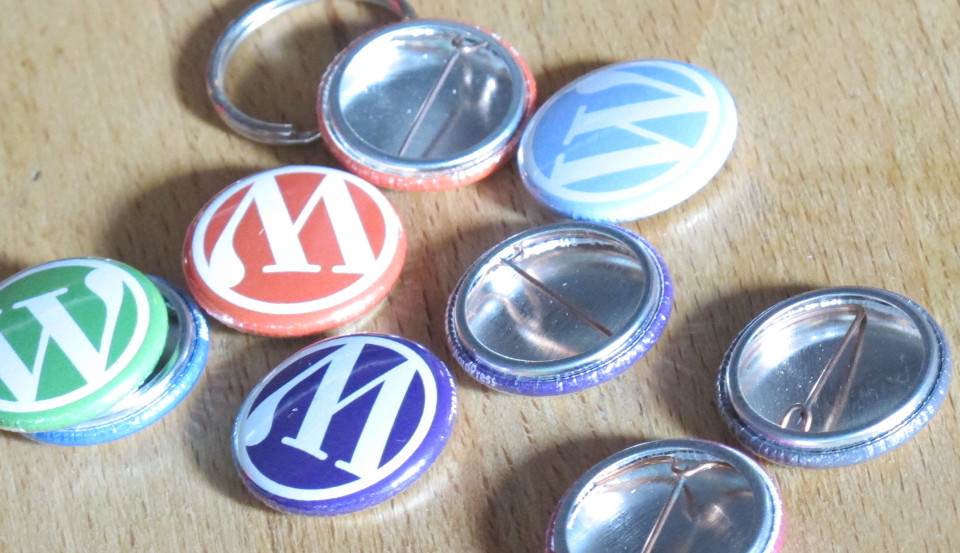Everyone who writes WordPress copy has a vague idea that it should be optimized for search engines to increase search engine rankings. We know the content has to be keyword rich, that it has to use best blog practices, and it has to look legitimate in Google’s eyes to be ranked well. But we don’t know how to achieve those ends innately while we’re writing. Enter the free WordPress SEO Plugin by Yoast. Most people just call it Yoast, even though that’s technically the name of the company, founded by SEO wizard Joost de Valk. Yoast guides you in crafting content that is well written as well as being SEO friendly. It’s a tool that no WordPress copywriter can live without. We’ll assume you have administrator rights and know how to install WordPress plugins. Let’s dive right in. You’ve crafted what you think is the perfect blog post. Good. Now, save a draft and scroll down a bit to the contents of the Yoast plugin on the compose screen. There are a lot of technical terms at work here, so I’ll break it down.
Here’s where you’ll enter all the Yoast fields.Entering Yoast Fields
Enter a focus keyword. This is the keyword that represents what the blog is all about. The main topic of the post, boiled down to one word or phrase. Enter an SEO title. You may want to choose a totally different title than the title of the blog itself, for this reason: your blog post titles may have a certain format or style that is consistent, but may not necessarily be good for SEO. It’s OK to have a blog title and an SEO title that don’t match. Make the SEO title one that is short, compelling and drives home the point of your blog. Enter a Meta Description. In 156 characters, describe the blog post in a summary. Make this somewhat keyword-rich too. This summary will appear below your SEO title in search results.
The Yoast Verdict
Find out how well your post is optimized in the Page Analysis tab of Yoast.Next, click over to the Page Analysis tab. This will tell you how well you’re doing at the moment for SEO. It uses a standard stoplight system: a red light indicates things that must be fixed. Yellow lights are borderline, and green means go! Among the items you’ll see in this analysis:
- Whether your focus keyword appears toward the beginning of the blog post
- How well your blog ranks in the Flesh Reading Ease test
- Whether your keyword appears in the URL
- Whether your keyword appears in subheadings (h1, h2, and so on). It will also ding you if you don’t have subheadings at all.
- Whether your images’ alt tags have the keyword. I covered optimizing your image code in my post about WordPress coding.
- Whether you have outbound links. Having one or more links that go away from the blog is something Google likes immensely.
- How many times your keyword appears, called keyword density. You want it to be frequent, but not too frequent. Around 2% is great.
- The page title is between 40 and 70 characters.
- The meta description is well written and contains the keyword.
- The blog itself has more than 300 words.
- Whether you’ve used this keyword in previous blog posts.
You don’t have to turn every light green, but having few to no red or yellow lights means you’ll get a green light for an overall score, and that means your post is optimized well. After you use the Yoast tool enough times, you’ll discover that you’re writing optimized content naturally. It becomes second nature, and you get that coveted green light the first time you save your draft. Still, it doesn’t hurt to check the analysis each time anyway — there are a lot of criteria, and there’s always something you can do to make your blog read better. The goal is to find that balancing act between readable content that your fans love, and enriched content that Google loves. At StrataBlue, we use the Yoast plugin religiously. Find out how we can write, develop and optimize WordPress content on your site by contacting us.




